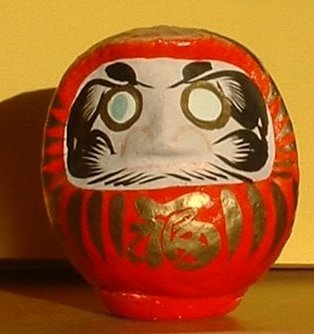What really prompted me to ask about this, is that I've been taking Qi Gong and T'ai Chi classes at the Chinese monastery. Haven't gone lately because my epilepsy's been bashing me up pretty good.

I was surprised how seriously these practices are taken there - most everyone at the temple is ethnic Chinese. I'd taken T'ai Chi before, but only in high school and university (my high school English teacher was a qualified instructor, and we talked him into starting an after-school club). Regardless, it wasn't treated as a spiritual practice at all.
The classes at the monastery have piqued my interest, but the instructor doesn't speak English, so he didn't understand any of my questions.



Leave a comment: